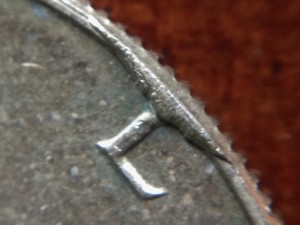By Kevin Day-Thorburn, FRCNA
Have you heard of Horatio Seymour? Given the events happening south of the border, here’s a neat piece that recently crossed my desk. In 1868 the United States of America was only recently into their reconstruction era, the period where they needed to try and repair damages from their Civil War, and it was time for a presidential election to see who would succeed Andrew Johnson, who became president after the assassination of Abraham Lincoln. The Republican candidate was a now-familiar name, Ulysses S Grant. Running for the Democrats was Horatio Seymour.
Campaign medals are very collectable. They would often be holed to wear at parades and other gatherings to show support and today they are important pieces of history. This medal is approximately 28mm diameter and made of brass. The front shows the two candidates for the Democrats, Horatio Seymour and his vice presidential running mate, Francis Preston Blair, Jr.
While the party names are very familiar, they don’t necessarily represent the same values they do today. Remember, the man who succeeded, eventually, in abolishing slavery, President Lincoln, was Republican. On the back of the medal is written, “General amnesty, uniform currency, equal taxes & equal rights,” which certainly seems to cover a lot of ground. On the back of a medal, they sound like admirable goals. Of course, the slogan for the 1868 National Democratic Convention was, “This is a White Man’s Country, Let White Men Rule,” so one wonders just how equal that “equal rights” statement was meant to be.
The campaign song for Seymour and Blair was called, “The White Man’s Banner.” I won’t bother putting the lyrics down because I think you get the drift.
Grant was a war hero from Illinois and reluctant politician. Seymour was a career politician from New York, having served as the state’s governor. Looking back, it doesn’t seem surprising that a nation coming off of a brutal civil war would elect the war hero as their leader. Grant, whose campaign song was called, “A Nation’s Hero,” would carry 26 states while Seymour carried 8. There were still states that hadn’t been restored to the union and some of today’s states were territories at the time.
If you’re wondering about the value of such a medal, this particular piece was sold fairly quickly by the Coin Cabinet for $88.
















